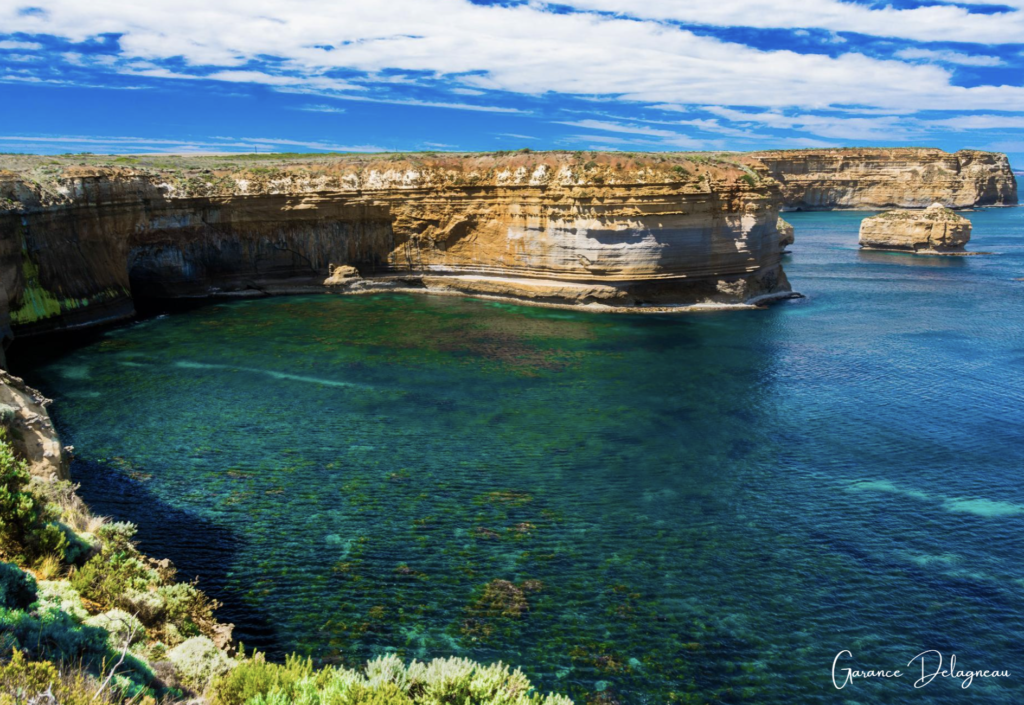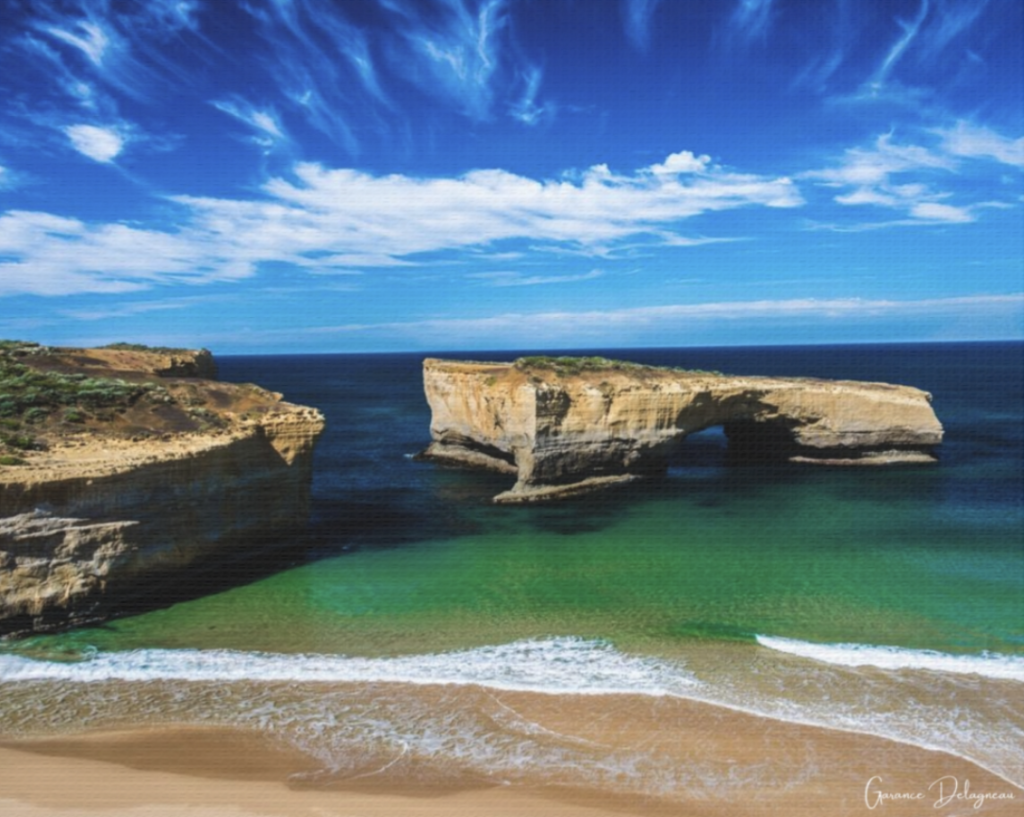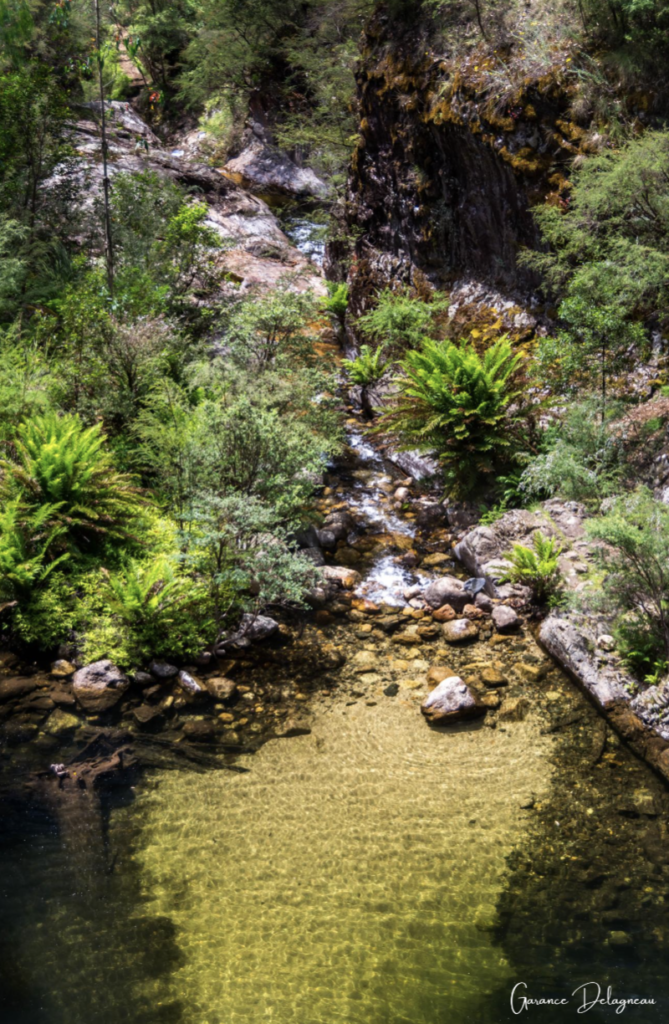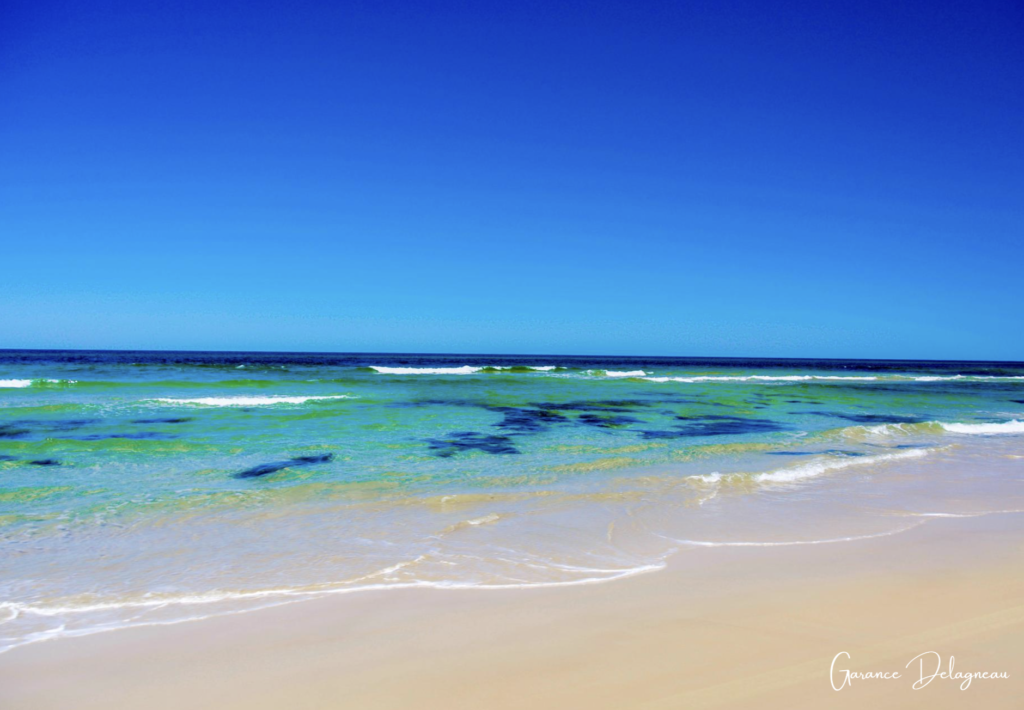Victoria, Australia, is a treasure trove of stunning water bodies that beckon photographers to capture their beauty. Your perfect beach photo awaits! Here are some of the best locations in Victoria to get them, along with some tips to help you achieve stunning results.
1. Wilson Promontory – Squeaky Beach
When: During sunrise or sunset for dramatic lighting. At mid-day for bright colours
How: At Squeaky Beach, the orange-tinged granite boulders contrast beautifully with the white sand and the vibrant blue of the ocean. Arrive during the golden hours to capture the warm and soft light. Consider using a graduated ND filter to balance the exposure between the bright sky and the darker foreground. Get your personal copy of the beach photo below here

2. Wilson Promontory – Three Bays walk
When: The angle of the sun can significantly impact the color of the water. The best time to achieve intense blues is when the sun is high in the sky, directly overhead. This reduces reflections on the water’s surface and allows the true color to come through.
How: Along the Three Bays Walk in Wilsons Promontory, there are several beautiful bays where you can stop to enjoy the scenery and capture stunning photos. Some of the notable bays to consider stopping at include Picnic Bay, Whisky Bay, Squeaky Beach and many small coves. Get your copy of the beach photo below and more here

3. Wilson Promontory – Tidal River
When: Tidal River is both renowned and serves as a campground, resulting in high visitation. Arriving early in the morning grants the opportunity for shots with minimal crowds. Alternatively, consider visiting during the quieter winter season.
How: The Tidal River is characterized by its serene estuary, where the river meets the ocean. This unique setting showcases the dynamic interaction between freshwater and saltwater ecosystems, creating a diverse habitat for various species. Tip: Use a polarizing filter to reduce surface reflections and enhance colors. Adjust the filter to achieve the best balance of transparency and color saturation.

4. Great Ocean Road – Loch Ard Gorge
When: The best time to capture the beautiful blues along the road from Loch Ard Gorge would be during the “blue hour.” The blue hour is a period of time shortly before sunrise or after sunset when the natural light is soft and diffused, resulting in a rich blue color palette. Alternately, aim for midday to maximise the water’s transparency
How: Loch Ard Gorge is a dramatic and rugged coastal formation. Use the arches and rock formations to frame your shots and add depth to the images. During the blue hour, you can experiment with longer exposures to capture the motion of the waves and create a dreamy, tranquil effect. As the light changes rapidly during this time, be prepared to adjust your camera settings and compositions accordingly to capture the best blues in the landscape. At midday, when the sun is directly overhead, is often the time when the water’s transparency is most apparent. The overhead light minimizes shadows and allows you to see deeper into the water.

5. Great Ocean Road – London Bridge
When: Visit during sunset for warm and soft lighting.
How: London Bridge offers a unique rock formation jutting out into the sea. Utilize the natural leading lines of the bridge to draw the viewer’s eye toward the horizon. During sunset, the warm colors of the sky create a stunning backdrop for this magnificent structure. While this area is often windy, planning your visit during calm periods enables you to capture the ocean’s varying shades. Get this beach photo here

6. Cape Schanck – Pulpit Rock
When: Golden hour to have warm reflections in the water. Low tide for unique rock formations and reflections.
How: At Cape Schanck’s Pulpit Rock, low tide reveals fascinating rock formations and tidal pools. Capture the reflections on the wet rocks and experiment with different angles to create compelling compositions. Aim for low tide to capture dynamic water movements and explore beyond Pulpit Rock to witness various rock formations, including small pools cascading into the ocean. Note: As you go up and down the stairs, keep an eye out for echidnas! Get your copy of the beach photo below on this link

7. Buffalo National Park – Rollasons Falls
When: Ideally during the spring season when water flow is at its peak.
How: At Rollasons Falls, consider heading to the upper falls to not only capture captivating shots of the flowing water but also include the surrounding elements. By framing the palm trees in your composition, you can achieve a harmonious effect that mirrors an oasis, creating a truly enchanting image.

8. Grampians – MacKenzie Falls
When: Visit during mid-day when the sunlight is past the cliff and illuminates the falls. Given the waterfall’s size, arriving too early or too late will result in the falls being in darkness.
How: MacKenzie Falls is an iconic location in the Grampians. To photograph this majestic waterfall, consider using a wide-angle lens to capture the entire scene. You can also experiment with different shutter speeds to create varying effects on the falling water, from smooth and dreamy to more defined and crisp.
Conclusion
Victoria offers an abundance of opportunities to take your perfect beach photo. As you embark on your photographic journey, be mindful of lighting conditions, compositions, and camera settings to convey the essence of these stunning water bodies. With each click of the shutter, let your images transport viewers to the serene and captivating world of waters in Victoria. Happy shooting! In the meantime, for more beach pictures, click here!

